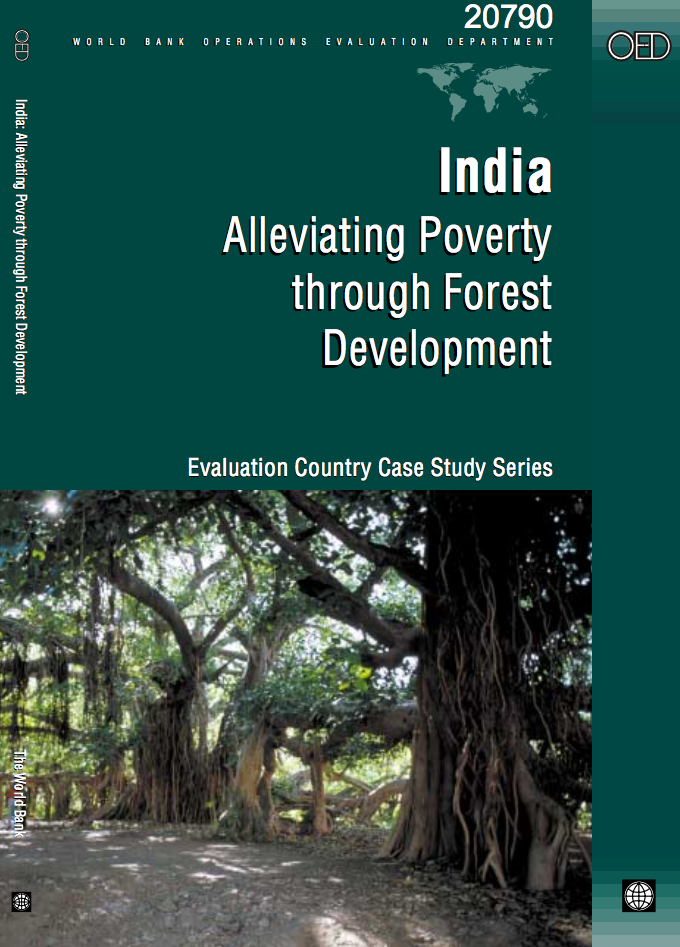International Climate Regime beyond 2012 : Are Quota Allocation Rules Robust to Uncertainty?
Bringing the United States and major
developing countries to control their greenhouse gas
emissions will be the key challenge for the international
climate regime beyond the Kyoto Protocol. But in the current
quantity-based coordination, large uncertainties surrounding
future emissions and future abatement opportunities make the
costs of any commitment very difficult to assess ex ante,
hence a strong risk that the negotiation will be stalled.


